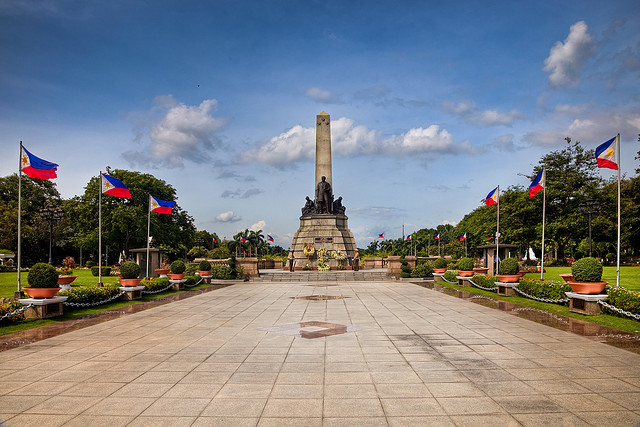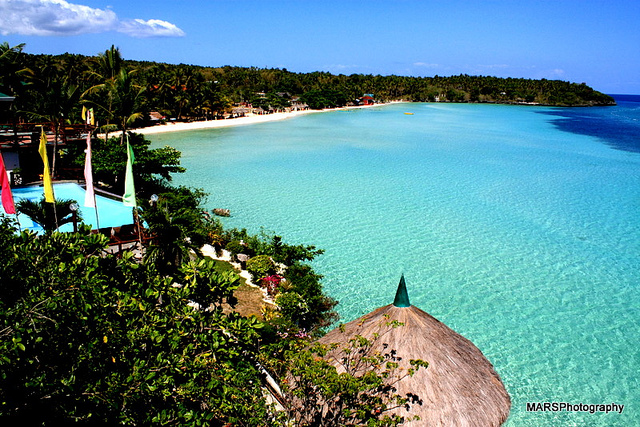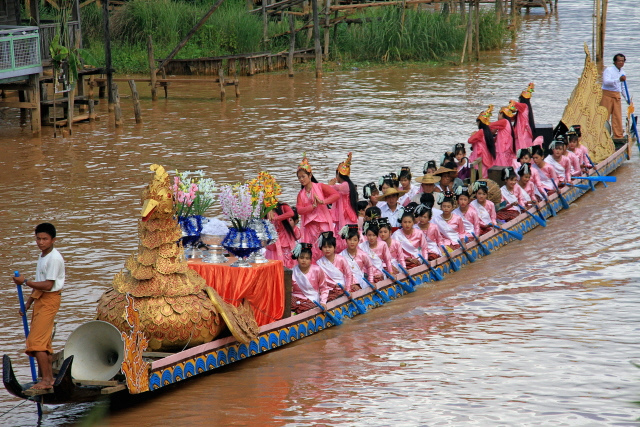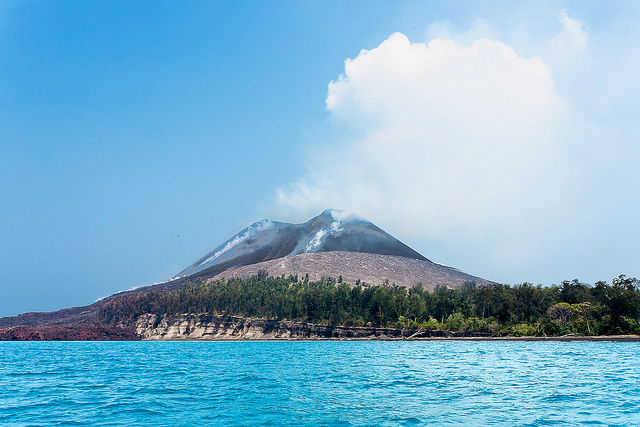Jose Rizal and Andres Bonifacio are two foremost Philippine heroes because of their pivotal roles in the country’s quest for independence from Spain. Accordingly, they are commemorated on separate dates. To ensure that younger generations are also introduced to lesser known, often unsung, characters who contributed to Philippine freedom and development, the National Heroes’ Day was instituted.
Wreath-Laying Rites in the Libingan ng mga Bayani
As befitting the occasion, the Libingan ng mga Bayani (Tomb of the National Heroes) in Fort Bonifacio, Taguig City (National Capital Region) is the center of this day’s occasion. The Libingan is where the heroes and martyrs of the Philippine Revolution are buried, along with the defenders of Bataan and Corregidor. Servicemen, both American and Filipinos, of World War II are also laid to rest here, together with a few of the country’s presidents, senators and generals.
The wreath-laying rites in Taguig are led by the president of the Philippines and officials in the higher echelons of the government. Similar rites are also carried out in other historical sites like the Mausoleo de los Veteranos de la Revoluccion (Tomb of the Veterans of Revolution) and the Manila North Cemetery. Chinese-Filipino firemen who died in the line of duty are also specially commemorated on this day at the Chinese Cemetery in Manila.

The Rizal Park, where Jose Rizal was executed (by Spanish authorities) and buried, is a memorial not only to the Philippine’s national hero, but also to hundreds of others before him and after him who fought for independence from Spain.
To ensure they are not mere footnotes in history, the Katipuneros (patriots of the Philippine Revolution) are remembered in black granite slabs that line the Pathway to Glory in Heroes’ Square inside the park. The first wreath-laying ceremony was conducted in August of this year, and a commemorative walk is planned next year.
Tree-Planting Activity at Capas National Shrine
Capas, Tarlac figures prominently in Philippine history because it was the final stop of the Bataan Death March (forcible and brutal transfer of Filipino and American prisoners of war captured by the Japanese in the Fall of Bataan) and consequently, the POWs internment camp. Thousands of servicemen died in the camp, and their remains are marked by the Capas National Shrine.
The most recent addition to wreath-laying ritual in the marker is the tree planting activity intended to commemorate each fallen defender of Bataan and Corregidor. This activity is participated by the descendants of both American and Filipino servicemen who died in the Death March and the ensuing wars.
Revisiting History and Fostering Patriotism in Schools
Next year, the National Heroes’ Day 2013 is scheduled on August 26, a Monday. Because this day is a national holiday, government offices, schools and financial institutions are closed. In schools, the week leading to and after the National Heroes’ Day is dedicated to reliving patriotism and instilling nationalistic values to students through creative and essay writing, storytelling, drawing, debates and oratorical contests.
Business As Usual With Bursts of Street Demonstrations
It is quite a tradition in the Philippines to hold street demonstrations on occasions that celebrate freedom, independence and heroism. The National Heroes’ Day is no exception, so tourists can expect a healthy amount of ‘street parliamentarism’ on this day. Demonstrations are particularly concentrated in Metro Manila (the National Capital Region) where national media coverage is omnipresent. Aside from occasional outbursts of sentiment, these demonstrations are relatively contained and trouble-free.
The rest of the country is business as usual as shopping malls, commercial establishments and tourist facilities remain open until regular hours.
Photos by Benson Kua, Jun Acullador and Kleomarlo




